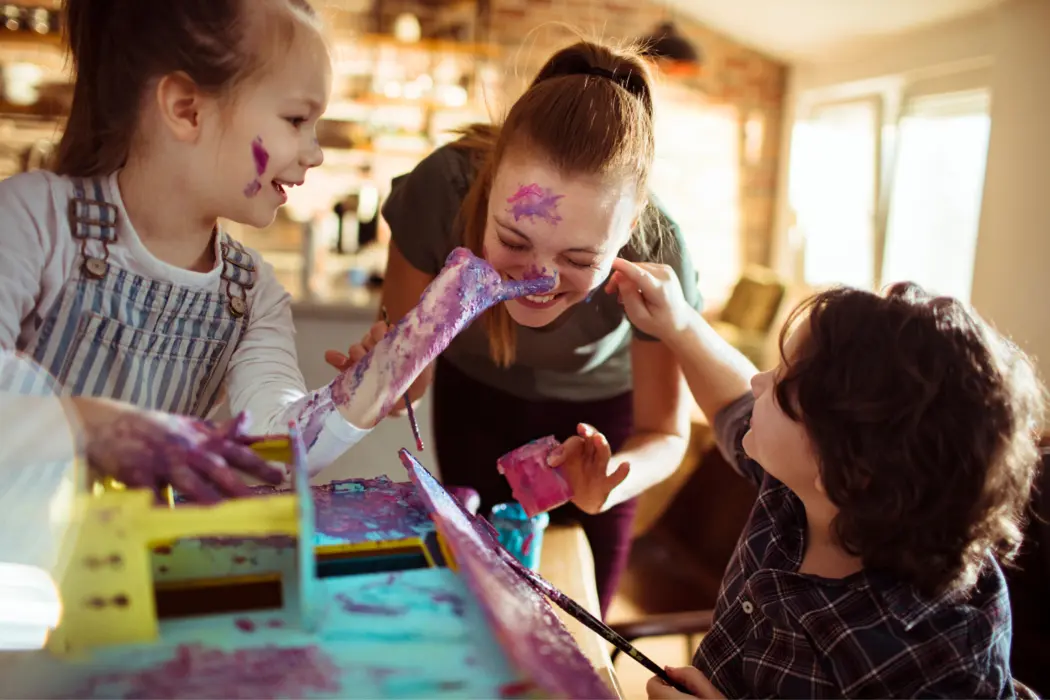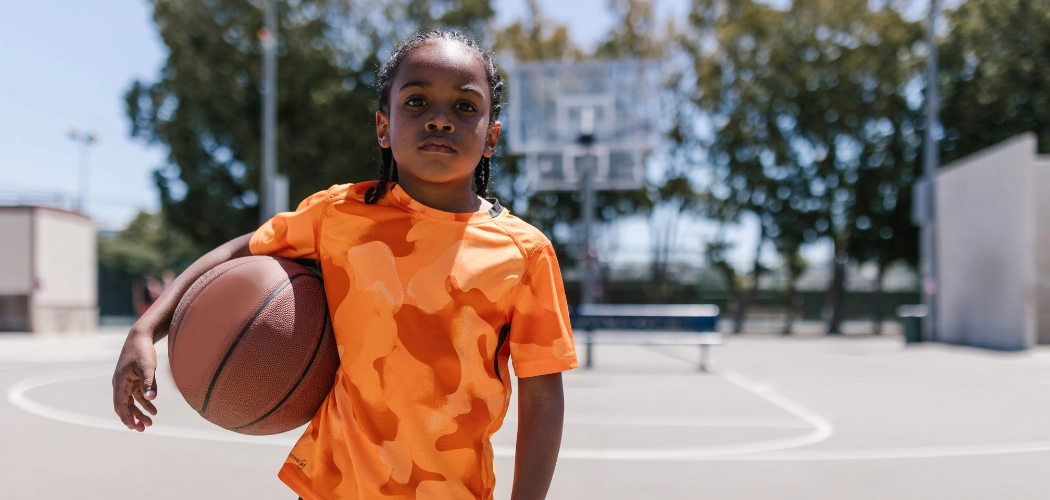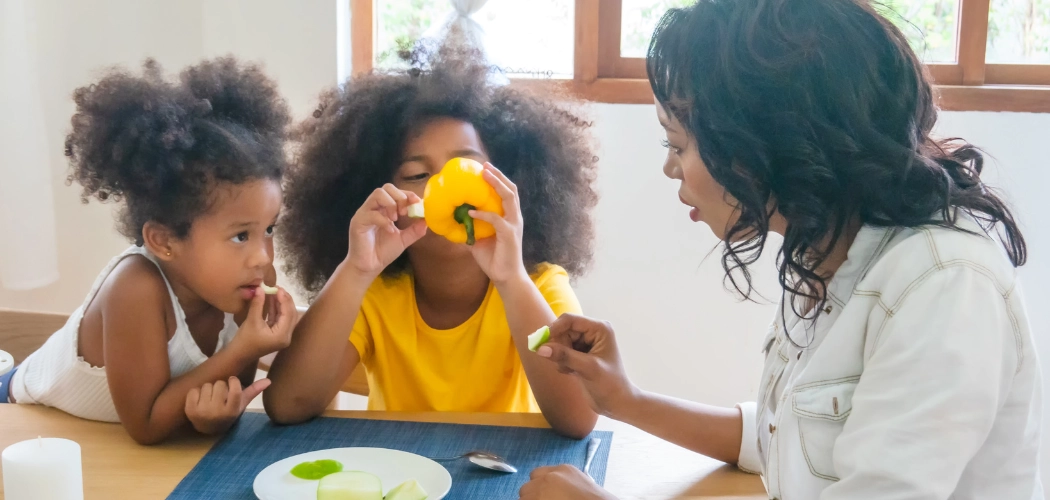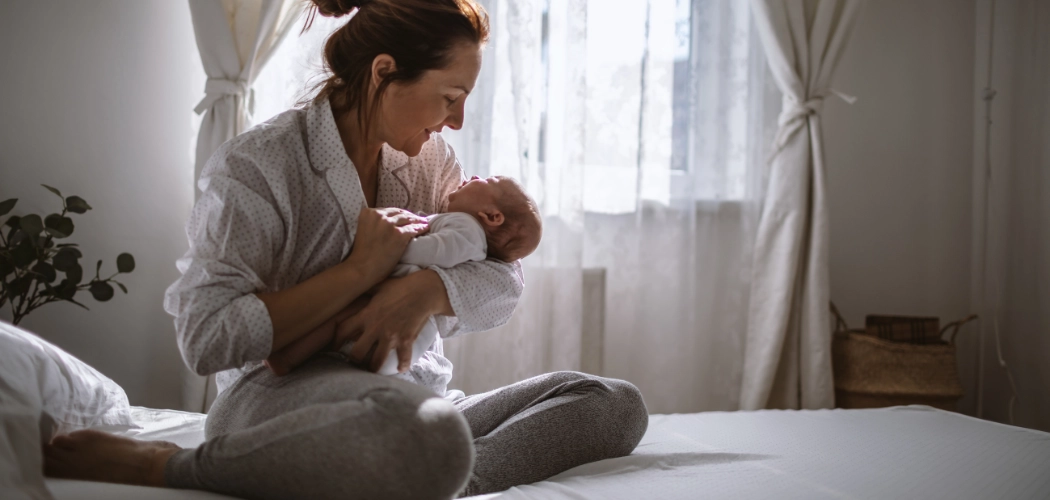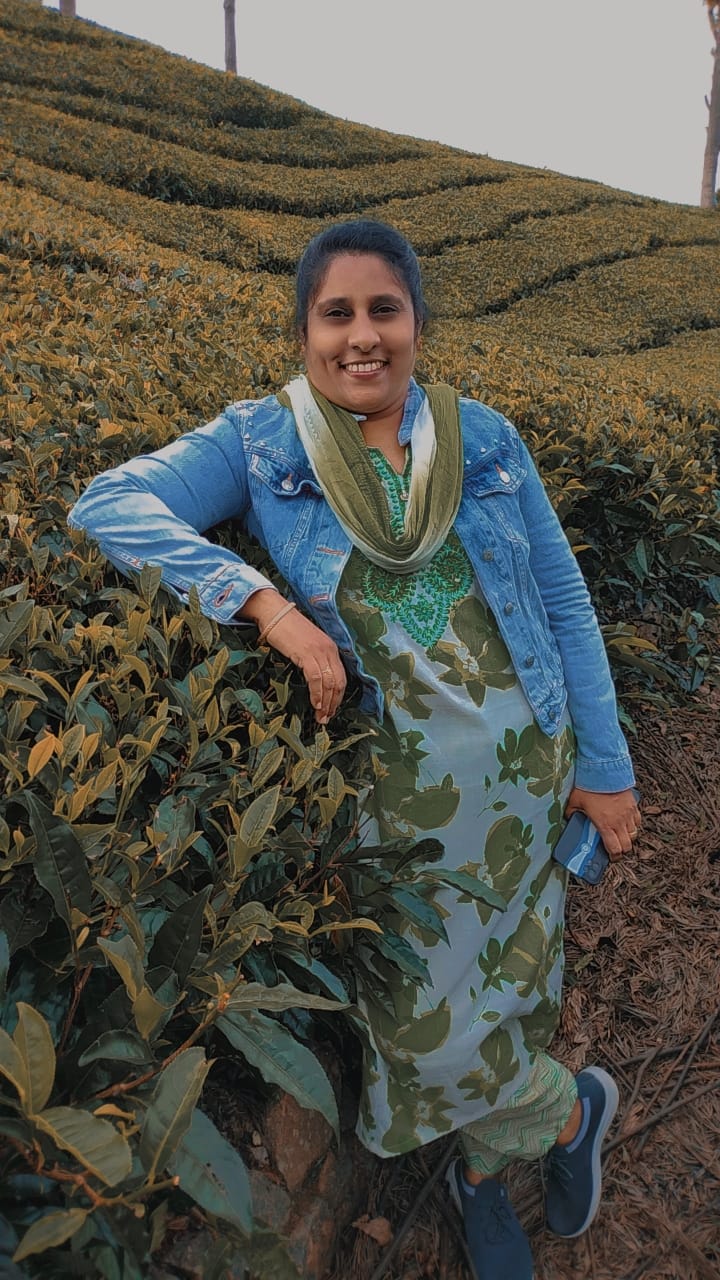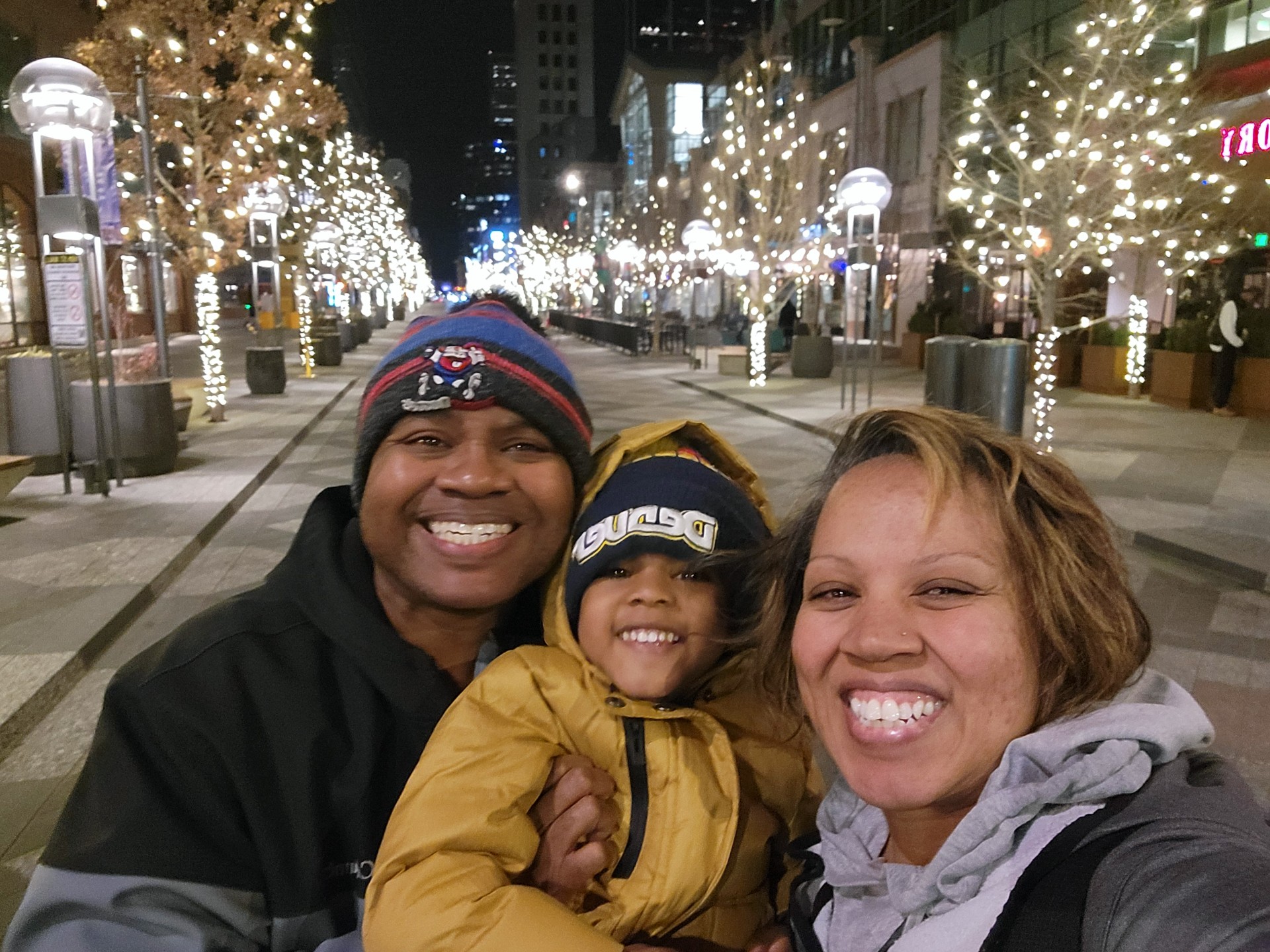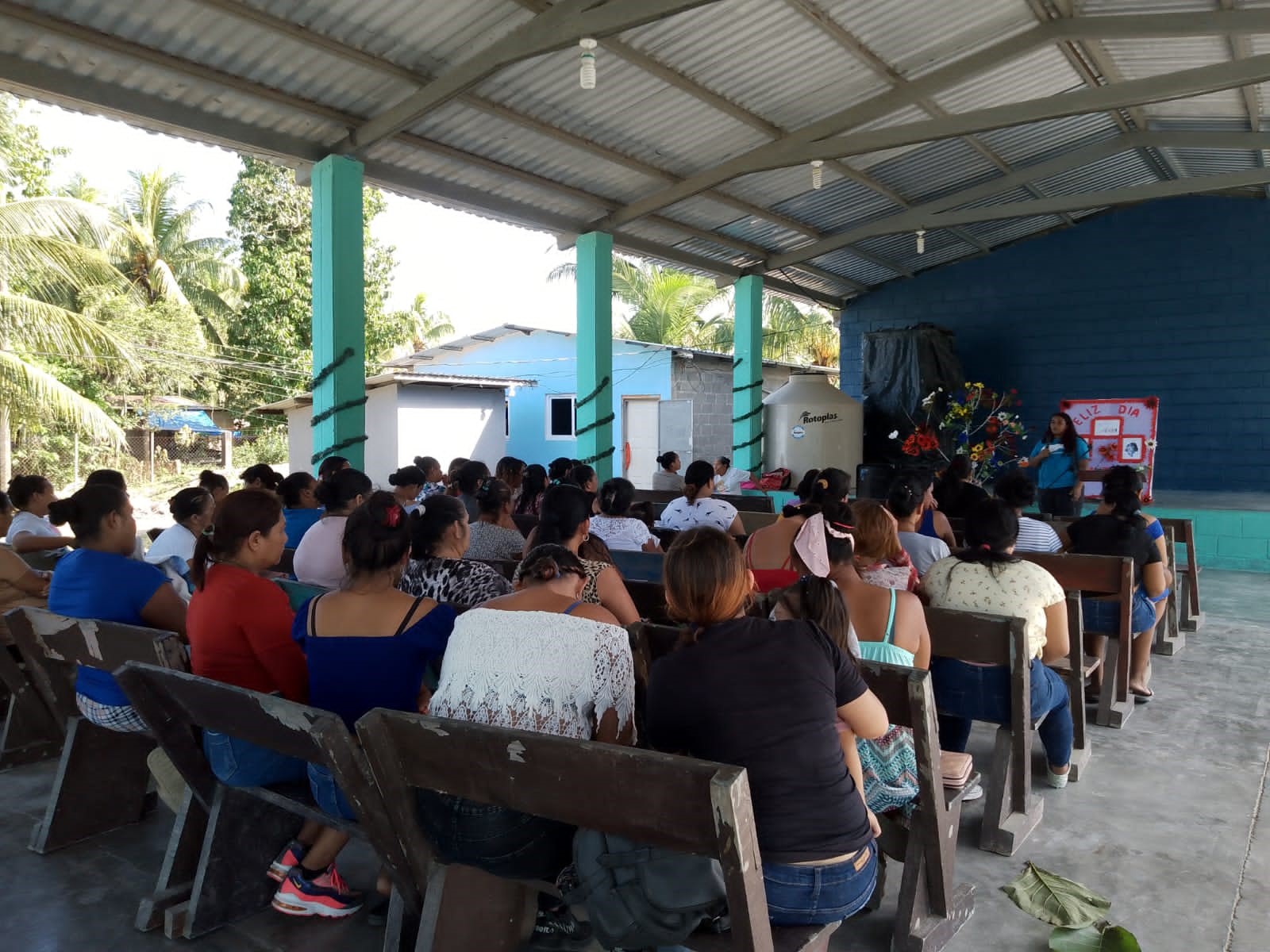Messy play offers a world of benefits for little ones. It promotes creativity, supports development across all domains, and most importantly – it’s fun! Kids naturally love getting their hands dirty, so embracing messy crafts is a great way to bond while exploring art materials in a new way.
This guide will cover the joys of messy play and crafting. We’ll look at the research behind why it’s good for kids, how to set up for mess, materials to try, and tips to make it an engaging experience for your child while keeping your sanity as a parent. Drawing, painting, sticking, splatting – prepare for a delightfully messy time! Crafts don’t have to be perfect creations worthy of an art gallery. The goal is to foster creativity, self-expression and enjoyment of the process. So, put on your old clothes and set aside the cleanup for later. It’s time to make some marvelous messy masterpieces!
Benefits of Messy Play
Messy play offers a range of developmental benefits for young children. Here are some of the key ways it supports growth:
- Develops the senses – Using hands and fingers to touch and manipulate different textures stimulates tactile development. Exploring materials like mud, sand, paint and playdough increases sensory awareness.
- Fosters creativity – Open-ended activities with no right or wrong outcomes encourage imagination and self-expression. Kids feel free to experiment and create.
- Enhances fine motor skills – Scooping, stirring, squeezing, pinching and manipulating tools and materials build finger dexterity and coordination. This supports early writing and manipulation.
The open exploration of messy play allows children to engage fully and gain confidence. It provides learning opportunities across developmental domains. With supervision and the right materials, it’s an enriching experience for little ones.
Setting Up
When it’s time for messy play and crafts, preparation is key! Here are some tips for setting up your space:
- Cover surfaces – Lay down plastic tablecloths, painters’ tarps, or large sheets of paper to protect your floors, table and countertops. Tape down the edges so they don’t slide around.
- Wear old clothes – Have your little one wear an oversized t-shirt or smock to keep their clothing stain-free. You’ll also want to wear old clothes that you don’t mind getting messy.
- Gather supplies – Stock up on paper towels, wet wipes, soap and water for easy clean-up. Keep a role of masking tape on hand for temporarily securing paper to surfaces. Have a bucket or tub for collecting messy toys when playtime is over.
- Set expectations – Make it clear that messes stay within the designated play area. Let your child know that spills and stains are ok – they’re all part of the creative process! Just be prepared to do some scrubbing afterwards.
- Playtime cleanup – Have your child help tidy up the space when they’re finished. This teaches responsibility. Use this time to talk about their creations and what they enjoyed most about the project.
With the right setup, you’ll both feel free to cut loose and make masterpieces! Protecting your space ahead of time prevents stress and makes playtime more fun.
Sensory Play
Young kids learn through their senses, so sensory play is a great way to engage their creativity. Finger painting is a classic sensory activity that allows kids to explore texture and color. Set up a station with large sheets of paper, non-toxic paint and smocks. Let them smear, dab and swirl the paint however they want. Play dough is another sensory material kids love. Knead together a homemade batch or pick up a set of colorful store-bought containers. Kids can roll, pound and shape the dough to make anything their imagination dreams up. Oobleck is an easy DIY sensory material with just two ingredients – cornstarch and water. The weird goopy texture will fascinate kids as they squish and squeeze it. Add a few drops of food coloring for extra fun. Sensory play provides a great outlet for your child’s energy and gives their senses a workout at the same time.
Art Materials
Messy art projects allow kids to freely express themselves through painting, drawing and sculpting. Provide a variety of non-toxic art supplies and materials to fuel their creativity.
Paints
Invest in quality non-toxic, washable paints. Look for paints made from natural ingredients like food coloring, fruits and vegetables. Tempera and finger paints are kid-safe options. Set up paints in squirt bottles or shallow trays for kids to dip their brushes into.
Brushes
Use large, thick brushes rather than small ones. Small brushes can frustrate kids. Fat brushes allow kids to paint freely with their whole arm. Look for brushes with short handles for little hands.
Paper
Butcher paper, poster board and cardboard are great painting surfaces. The large size allows kids to paint without restrictions. Lay paper on the floor or tape it to the wall or table. After they dry, display your child’s masterpieces around the house.
The key is giving kids the space and materials to unleash their inner artist. With washable supplies and minimal rules, they can paint, draw and color to their heart’s content. Let them wear smocks or old clothes and don’t worry about messes. The final creations will be their own unique, priceless works of art.
Related Post: Bored Kids?
Food Fun
Cooking and creating in the kitchen provides so many opportunities for messy fun. Preschoolers love being involved in preparing meals and snacks. Plus, kids are often more willing to try foods that they helped make.
Baking cookies is a classic messy activity. Provide cookie cutters in simple shapes like stars or hearts. Let children roll out dough and cut out shapes themselves. They can decorate with colored icing, sprinkles, chocolate chips or other toppings using squeeze bottles and spoons. The messier the decorating, the better! Display finished cookies on a cooling rack for the little artists to admire their creations.
Edible finger paint takes sensory fun to a new level. Simply mix together a 1⁄4 cup cornstarch and a 1⁄4 cup cold water. Divide the mixture between small bowls and have kids mix in a few drops of food coloring. Spread out a plastic tablecloth or placemats. Provide “canvases” like graham crackers, rice cakes or fruit slices. Preschoolers will have a blast creating pictures and designs with their fingertips. Let edible masterpieces fully dry before enjoying the tasty treats.
The kitchen offers endless options for concocting messy fun. Set out muffin tins, cooking tools, and safe ingredients like flour, water, food coloring or chocolate chips. Let kids’ imaginations run wild as they stir, mix and create. These hands-on activities foster creativity, fine motor skills, and confidence in the kitchen.
Outdoor Art
Outdoor spaces like backyards, patios and parks offer lots of opportunities for messy fun. Take the creativity outside on nice days for a refreshing change of scenery.
Sidewalk Chalk
Sidewalk chalk unleashes creativity in large scale. Let your mini-Picasso decorate the driveway, patio or playground in wild colors. Give them chalk holders to fill for easy grip. Use sponges and spray bottles for “painting” the pavement in a washable way. Create masterpieces with chalk pastels on easels outdoors. Sidewalk chalk also cleans up easily.
Bubble Painting
For bubble painting, provide bubble solution, trays or paper, and washable kids’ paint. Have children dip bubble wands then blow bubbles onto the paper or tray. The bubbles burst in colorful splatters for abstract art. Try different shaped bubble wands. Add dropper bottles for squeezing paint directly onto bubbles. Experiment with consistency by adding more or less paint. The more paint, the bolder the bubble prints. Outdoor bubble painting prevents any mess in the house!
Seasonal Crafts
The change in seasons provides a great opportunity for new crafts and activities. Try out these seasonal favorites with your little ones:
Handprint Turkeys
What better way to celebrate Thanksgiving than making handprint turkeys! Have your child dip their hand in brown or orange paint and press it onto a piece of paper. Let dry. Then add details like googly eyes, red feet made from finger paints or construction paper, and feathers cut out of colorful paper. These make for adorable holiday decor and keepsakes.
Paper Snowflakes
When the weather turns cold, make paper snowflakes for some indoor winter fun. Fold a square piece of paper in half diagonally to make a triangle. Then fold it in half again and cut shapes along the folded edges. Unfold carefully to reveal a beautiful symmetrical snowflake. Hang these up around the house or use them to decorate windows. Older kids can follow more complex folding and cutting patterns to create elaborate snowflakes.
Tips for Parents
Embracing the mess is often the hardest part for parents, but it’s key to allowing your little ones to freely explore materials and get creative. Here are some tips:
- Set expectations ahead of time that things are going to get messy. Lay down tarps or drop cloths in your art area if needed. Have the kids wear old clothes that can get dirty.
- Let go of perfection. Remember that the process is more important than the final product with young kids. Avoid fixating on messy faces or clothes, and don’t critique their work.
- Allow your child to take the lead. Give them autonomy over what materials to use and how. Resist the urge to direct their process or “fix” their work.
- Focus on their joy and imagination. Messes can be stressful, but try to relax and find joy in seeing your child immerse themselves in an activity they love.
- Join in on the fun! Sitting with your kids and doing art alongside them builds your bond and gives you a new perspective.
- Make clean-up part of the process. Have kids help wipe faces, rinse brushes, and throw away trash. Sing clean-up songs to make it fun.
The key is focusing less on the mess itself, and more on the benefits your child gains from open-ended creative play and exploration. Let them take the lead, and embrace getting your hands dirty too!
Messy play offers so many benefits for little ones’ development and growth. As we’ve explored, sensory experiences develop motor skills, problem solving, creativity and more. Art materials like paint, glue, and clay facilitate self-expression and imagination. Food fun teaches colors, textures, and fine motor coordination. Outdoor art connects with nature. Seasonal crafts tie into calendar learning.
The key is embracing the process over the end product. Focus less on the mess and more on your child’s joy and engagement. Provide the materials then step back and let your little one’s inner artist emerge. Art is subjective so avoid critiquing their work. Display it proudly to boost self-esteem. Even if the result isn’t gallery-worthy, remember that each creation holds special meaning for your child.
Above all, have fun together! Messy play builds wonderful memories plus skills for the future. As the saying goes, “The works of the future are the children of today.” Support your child’s development through hands-on, creative play and learning. The messy moments now will pay off down the road.
Related Posts:
